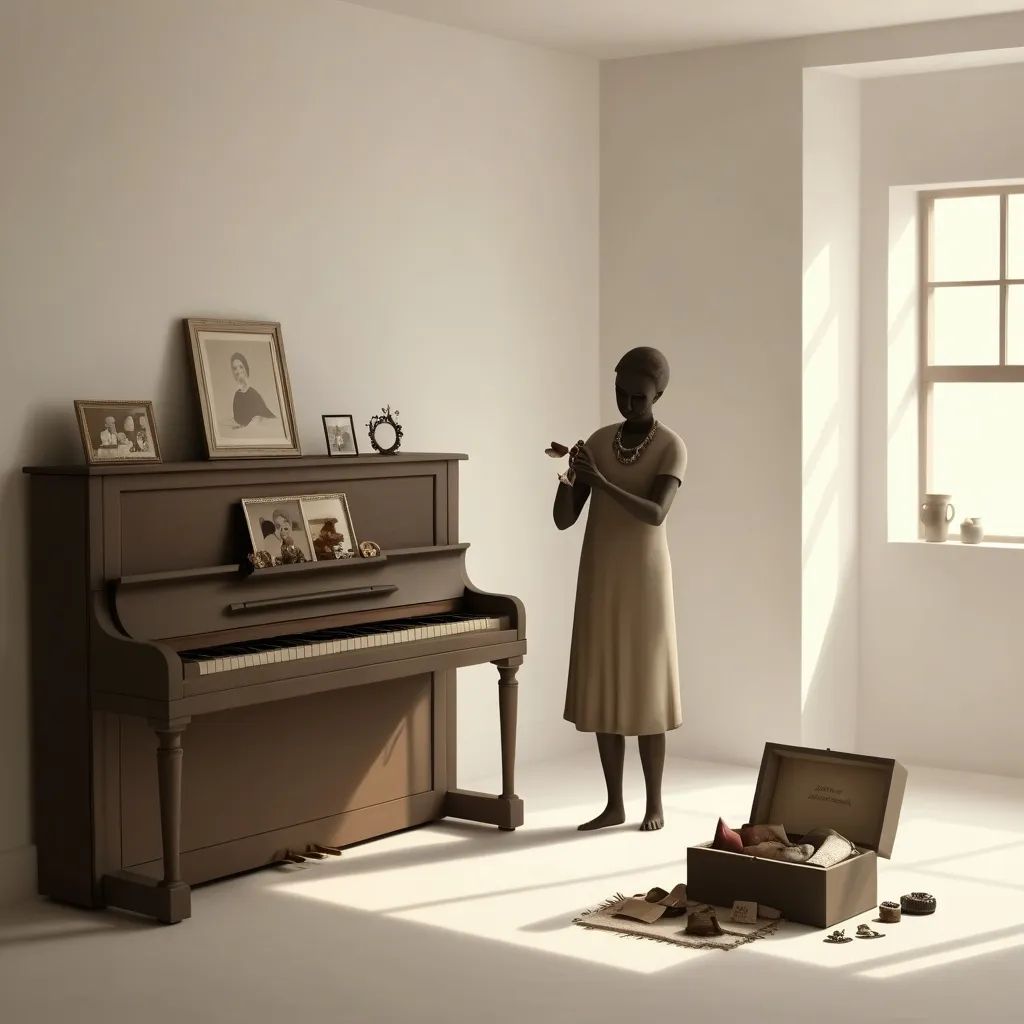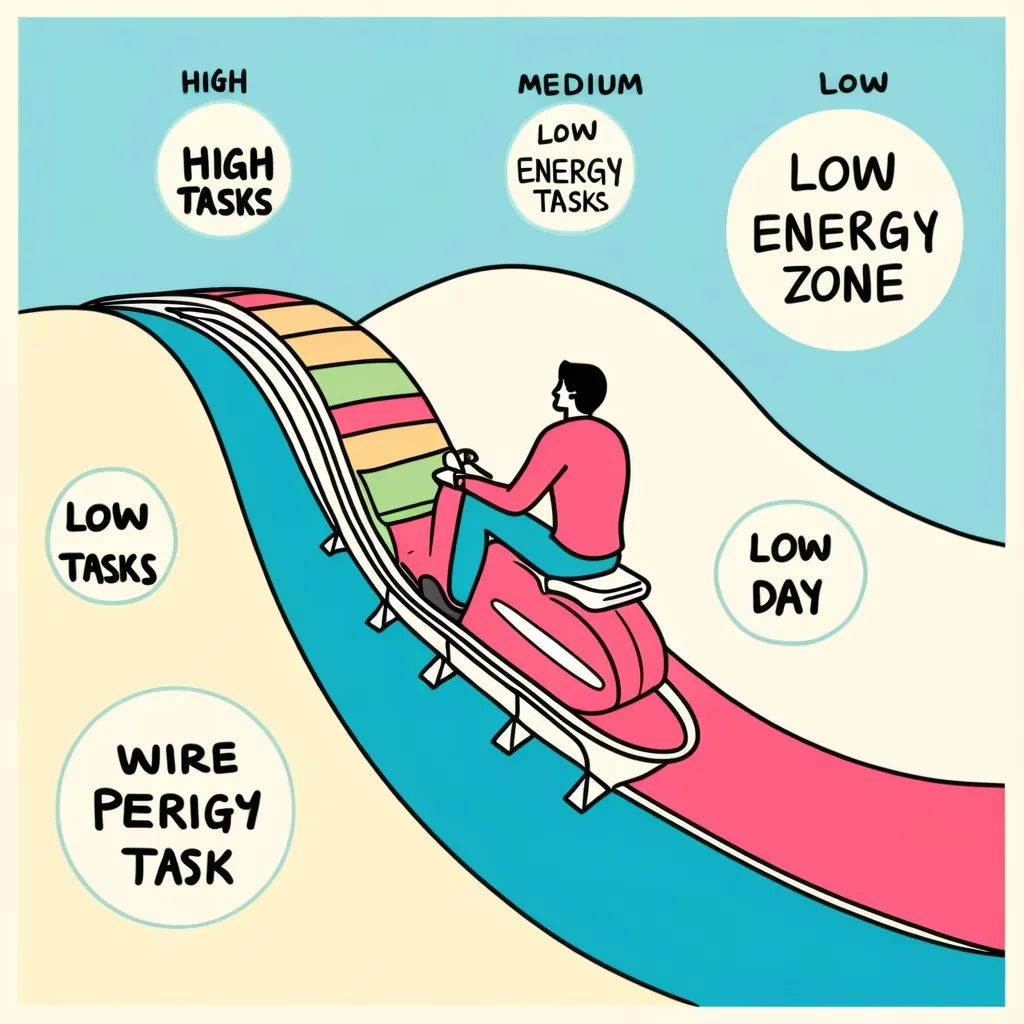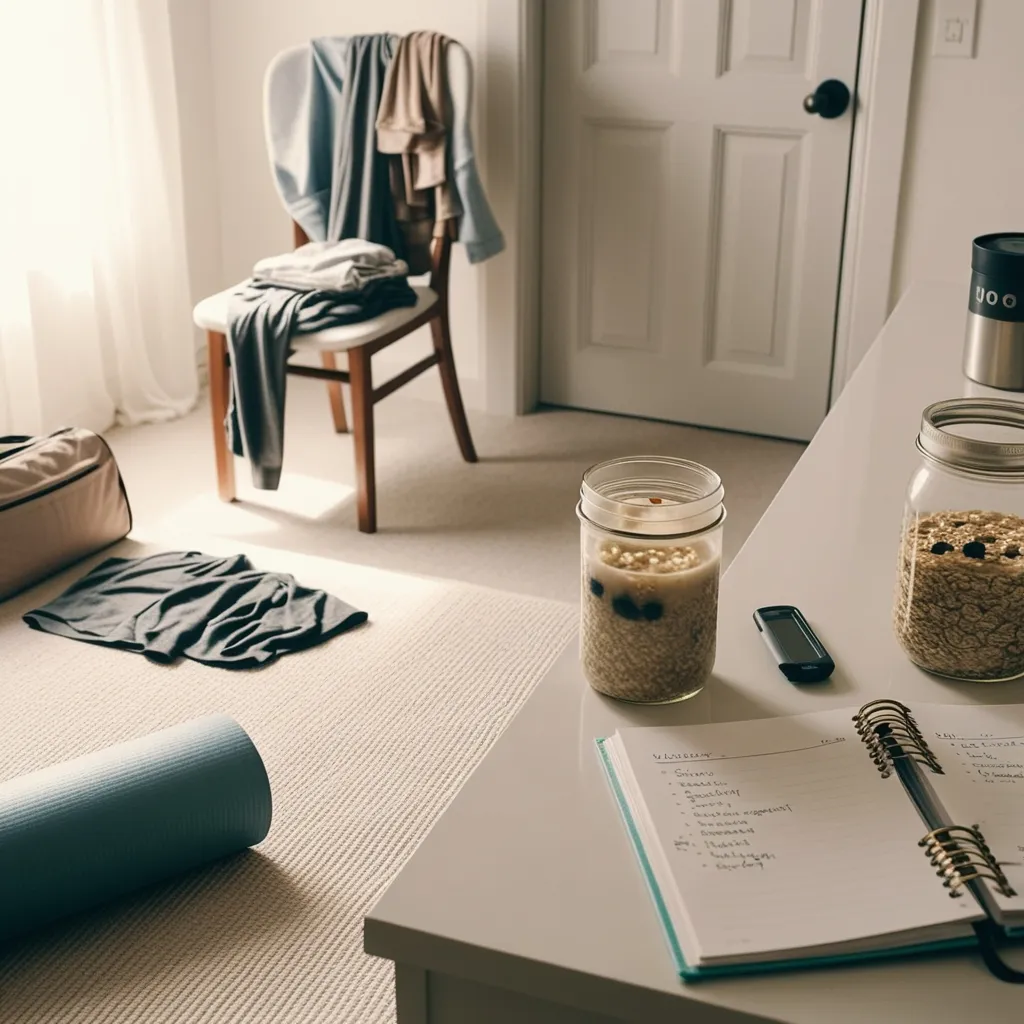Getting rid of sentimental items is tough. It’s not just about cleaning up your home; it’s about managing memories and emotions tied to those objects. Yet, having a clutter-free environment is super important for both our mental and physical health. So, here’s a straightforward guide to help you through this emotional task.
We all know sentimental clutter are those items that spark big feelings because of their connection to our past. They remind us of special people, places, and moments. Whether it’s an old family heirloom or a childhood toy, each item holds its own emotional weight. The key to managing this stuff is figuring out why it’s so important to you in the first place.
When you hold on to a sentimental item, it’s often for the memories it brings back. Maybe that antique piano takes you back to your mom playing your favorite tunes, making you feel calm and safe. But it’s crucial to remember that your memories aren’t trapped inside those objects; they’re within you. You won’t lose those moments just because you let go of the item.
Think about how your senses play into this. The look, sound, smell, feel, or even taste of an item can evoke powerful memories. The scent of an old book might take you back to summer vacations spent reading as a kid. The feel of piano keys can bring back muscle memories of practicing for hours. Understanding which senses are connected to your memories can help you decide what to keep.
Emotional ties to sentimental items dig deep into our brains. The Ventromedial Prefrontal Cortex, a brain region that handles emotions and self-identity, lights up when we think about letting go of these items. This part of the brain is all about avoiding pain and anxiety, making it tough to part with sentimental junk.
To tackle this, you need to be aware of your brain’s tricks. Keeping every single thing is unnecessary and stressful. Try the “save only the best, let go of the rest” mindset. This can break the cycle of emotional clutter and free up your space.
Start small and take your time. Decluttering sentimental items isn’t a race. It’s emotionally tiring, so don’t overwhelm yourself by trying to do it all at once. Break it into small, manageable sessions and give yourself time to recharge in between.
Use filters to help make decisions. Ask yourself if you’re holding on to something out of obligation or if it genuinely brings joy. For inherited items, consider the “Save the Best – Toss the Rest” method. Keep what really makes you happy or is useful, and ditch the rest.
A keepsake box can be a lifesaver. Put your most treasured items in it—a few important mementos, maybe some special jewelry, or key documents. This way, you still honor your past without your present being buried under memories.
Go digital whenever possible. In our tech-savvy world, you can preserve memories without clutter. Snap photos of old artwork, scan important paperwork, and store them digitally. This keeps the memories alive without taking up physical space.
Don’t hesitate to ask for help. Having a friend or family member, who isn’t emotionally attached to the items, can offer a fresh perspective and make the process easier. Sometimes, just talking about it with someone else can lighten the emotional load.
Keep your focus on the present. Your home is for living in now, not for hoarding the past. Keep this in mind while decluttering: “My home is for my present life, not for holding onto the past.” This mantra helps prioritize what’s important now.
Before letting go of an item, dig into why it’s so hard to part with. What memories and emotions does it bring up? If a vase from your grandmother makes you feel guilty for not spending more time with her, acknowledge those feelings. Understanding the roots of your attachment lets you address them and make more informed choices.
Think about the legacy you want to leave. Do you want your family burdened with sorting through your sentimental clutter? Or would you prefer they remember you through shared joy and happy times? This perspective can help you let go of things that no longer serve you, making room for new memories.
Remember, decluttering is a continuous process. Revisit your sentimental items at least once a year. With time, your attachment to certain things might change. What was significant last year might not hold the same value now. Regularly checking in helps keep your space in line with your current life and values.
There are so many benefits to decluttering. Not only do you clear up physical space, but you also reduce mental clutter. By letting go of what doesn’t serve you anymore, you create room for new experiences and personal growth. You learn to understand your own emotions and values better, which is always a win.
To sum it all up, decluttering sentimental items is a journey that needs patience, awareness, and emotional clarity. Sensory approaches, practical filters, and digital tools can simplify the process, making it more meaningful. The end goal? Keeping only what truly matters, allowing your home to reflect both your past and present without dragging you down.






